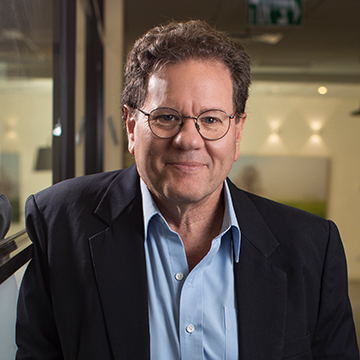Ten Years into the CRISPR Revolution – Patent Disputes Continue
As the New York Times recently reported, ten years have passed since the first publication of a ground-breaking paper about the potential usefulness of CRISPR, “the gene-editing technology [that] has led to innovations in medicine, evolution and agriculture — and raised profound ethical questions about altering human DNA.”
“CRISPR” stands for “Clustered Regularly Interspaced Short Palindromic Repeats.” This somewhat obscure name reflects the origins of the CRISPR finding, which was initially discovered as unexplained nucleic acid repeats within bacterial genomes. These were later identified as being of viral origin and part of an elaborate bacterial protection system against viral infections.
When Jennifer Doudna, Emmanuelle Charpentier, and their colleagues published the results of a test-tube experiment on bacterial genes in the journal Science on June 28, 2012, the paper initially attracted little attention. It was not foreseen then that their findings would lead to a Nobel Prize.
However, as the Times notes,
In just a decade, CRISPR has become one of the most celebrated inventions in modern biology. It is swiftly changing how medical researchers study diseases: Cancer biologists are using the method to discover hidden vulnerabilities of tumor cells. Doctors are using CRISPR to edit genes that cause hereditary diseases.
Among other things, the technology has been used in the fight against the COVID-19 pandemic, by swiftly providing tools for detecting infection.
As Nature recently reported, the CRISPR technology is the subject of a long-running patent dispute between two research teams. One is led by molecular biologist Feng Zhang at the Broad Institute of MIT and Harvard. The other team includes biochemist Jennifer Doudna at the University of California, Berkeley (UC), and microbiologist Emmanuelle Charpentier, who started her work on CRISPR at the University of Vienna. In 2020, Doudna and Charpentier shared the Nobel Prize in Chemistry for their work on CRISPR–Cas9 gene editing.

Genetic manipulation and DNA modification concept.
However, who’s “first” when it comes to patents isn’t necessarily judged by the same criteria used by the Nobel Prize committee.
Whichever team is deemed to have the right to patent the CRISPR technology is entitled to license that technology for the duration of the patent rights, and a great deal of money is at stake.
While the patent disputes are ongoing, research and development continues. According to the business-intelligence firm Centredoc in Neuchâtel, Switzerland, there are now more than 11,000 families of patents on CRISPR-related technologies.
Most recently, in February 2022, the US Patent Trial and Appeal Board (PTAB) ruled in favor of the Broad Institute on the issue of CRISPR patent ownership. The PTAB concluded that the UC group failed to provide sufficient persuasive evidence of the UC team’s earlier reduction to practice or conception of every element of the disputed patent claims before Broad’s evidence of reduction to practice.
But that didn’t necessarily end the matter because the PTAB’s decision can still be challenged in US courts.
If the US Supreme Court overturns the Federal Circuit in the Amgen case, the US may become more receptive to antibody patents. However, unless and until that happens the EU appears to be a more congenial environment for such claims.
Also, different patent offices can come to different conclusions about who owns the rights. In the European Patent Office, the key CRISPR–Cas9 patents in Broad’s portfolio were tossed out due to missing paperwork. The Broad team decided to drop one of the named inventors from its filings but failed to get written approval from him as is required in the EU patent system.
Thus, it’s possible that one team could own (and thus license) the patents in the EU (and perhaps other territories), and the other team could own and license patent rights in the US and perhaps elsewhere.
It may be years until the issue of who invented CRISPR – from a patent perspective — is finally resolved.
There were attempts over the years to resolve the UC-Broad patent dispute in an amicable manner, all of which apparently failed. Fierce competition won the battle over peaceful settlement. One can only wonder what benefits could be gained to all parties if this was different. Good science is about sharing ideas and collaboration. It’s sad that this is not always remembered when proprietary rights are involved.




